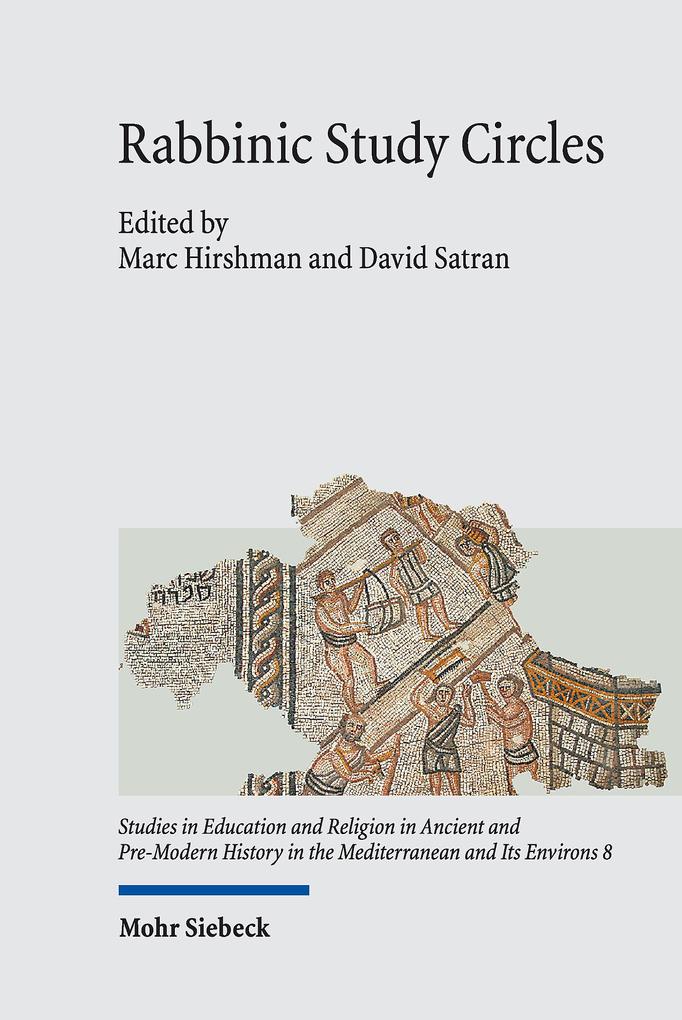
Sofort lieferbar (Download)
Taking account of a wide range of literary evidence and the most recent scholarship on the nature of education in Rabbinic Judaism of late antiquity, these studies examine new and varied aspects of the scriptural and intellectual infrastructure of the educational ethos, the tension between oral tradition and literary practice, and the central role of the rabbinic sage as pedagogical innovator and model. They also study the underlying influence of social and economic factors, the evolution of teaching techniques and frameworks, and the formative role of both midrashic mentality and mythopoetic currents. With an eye on the broader contexts of Greco-Roman culture and emergent Christianity, these essays follow the development of rabbinic ideas and institutions from the first centuries of the Common Era in Palestine through the flowering of centers of learning centuries later in Babylonia.
Mehr aus dieser Reihe
Produktdetails
Erscheinungsdatum
01. Februar 2022
Sprache
englisch
Seitenanzahl
158
Dateigröße
1,80 MB
Reihe
SERAPHIM
Co-Autor/Co-Autorin
Anita Reisler
Herausgegeben von
Marc Hirshman, David Satran
Verlag/Hersteller
Kopierschutz
mit Adobe-DRM-Kopierschutz
Family Sharing
Ja
Produktart
EBOOK
Dateiformat
PDF
ISBN
9783161596797
Entdecken Sie mehr
Bewertungen
0 Bewertungen
Es wurden noch keine Bewertungen abgegeben. Schreiben Sie die erste Bewertung zu "Rabbinic Study Circles" und helfen Sie damit anderen bei der Kaufentscheidung.
















